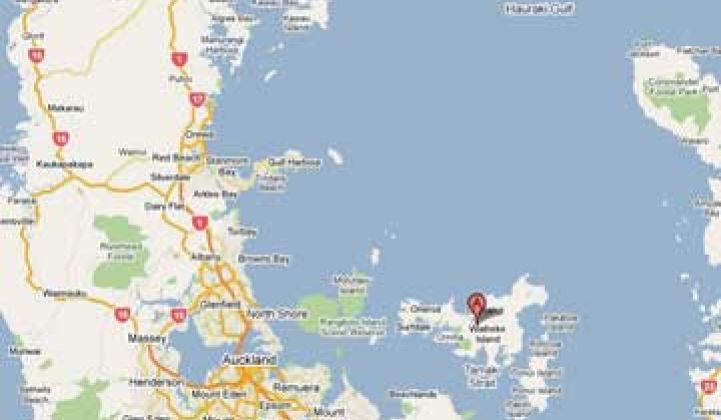The great thing about smart meters is that they really earn their keep in far-flung areas where the cost of sending a human meter reader is extremely high. The problem is getting the smart meter to communicate all the way back to the utility’s office when it’s installed somewhere in the wild blue yonder.
Metrix, an independent meter service provider in New Zealand, knows the conundrum all too well. At a recent Elster EnergyAxis User Conference in Bonita Springs, Fla., Rudolf Vorster, Research and Development Manager for Metrix, shared his company’s trials and tribulations using Elster’s equipment and outlined some surprising results. “We didn’t know what the hell we were doing,” when it came to setting up the mesh network, he said, only half jokingly.
Things are tricky in New Zealand. Not just because of the varying terrain of Middle Earth, or the fact that the market is totally deregulated and meter providers aren’t vertically integrated with electricity providers (you can change metering companies while keeping the same electric provider), but because the meters live inside of boxes -- usually metal -- that sit on the side of the house. “We are putting the radio under stress by being within the box,” he said.
At first, they were adding external antennas in low-density suburban areas outside of Auckland, but found out that they didn’t need them. Then came the issue of meters on Waiheke Island, about 10 miles off the coast of Auckland. It was just the sort of spot where meter reading is difficult and expensive, so they just went ahead and installed some meters, turned them on, and watched. Not only did the meters start hopping between each other, they hopped all the way across the water, an average of 9 miles. There was not a single gatekeeper or repeater installed on the island.
Back on the mainland, Vorster said that having elevated repeaters certainly helped the signal. “If you lift a node 15 feet,” he noted, “you get a lot of advantages.”
Things got even crazier when they went up to Kawau Island, about 25 miles north of Waiheke Island. Again, they put the meters up, turned them on, and watched. Two nodes registered across the full 25 miles. He noted that tidal changes did affect the signal depending on the time of day. While not all mesh networks will reach across distances of tens of miles, Vorster and others in the room found that the signals were far more robust than they had anticipated. Vorster also found that less is more. Too many external antenna repeaters tended to degrade performance. For gatekeepers, it was more about elevation than anything else.
The Kiwi joked that they “have nothing better to do in New Zealand” than put the system in and then tinker with it, but clearly the approach was working for a challenging deployment. Most importantly, when you’re way out in the bush, “keep it simple,” he said. “And carry a digital camera.”
Industry Perspective

Mesh: Even Better Than You Thought?
Mesh signals are traveling farther than engineers ever thought possible.

Mesh: Even Better Than You Thought?
-
41Where Will DOE’s Loan Program Make the Next Climate Tech Investments?
-
15What the Frack Is Happening With Natural Gas Prices?
-
9With an Energy Crisis Brewing, No Peak in Sight for Emissions


